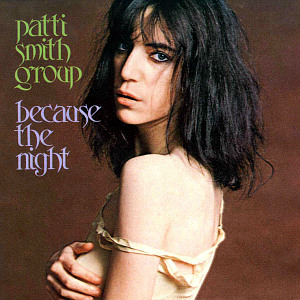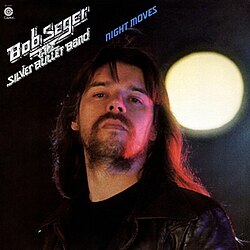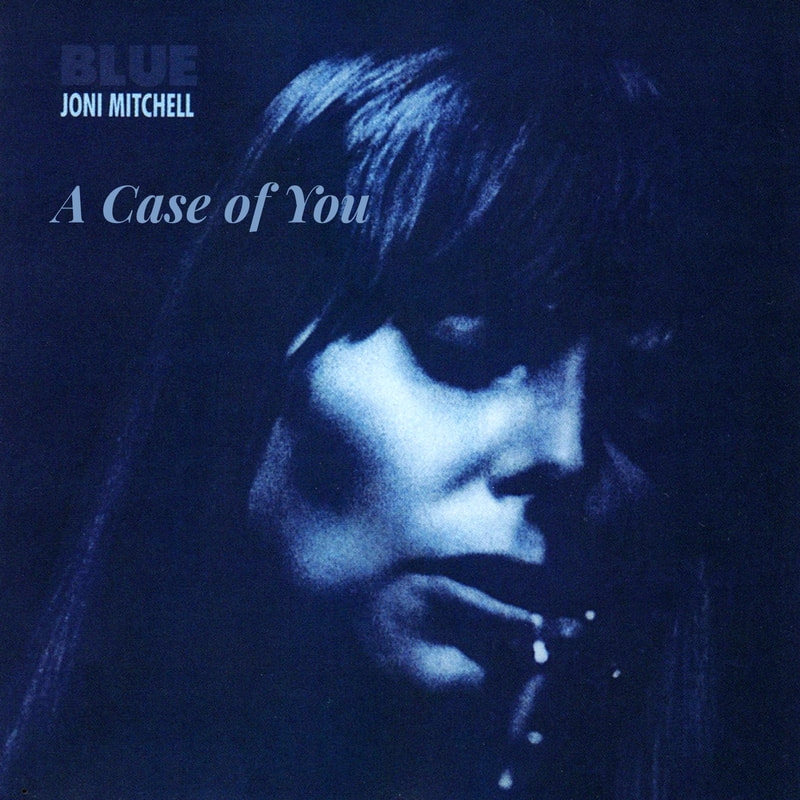 Queen’s “Fat Bottomed Girls,” released in 1978 as part of the band’s iconic Jazz album, stands as one of the most raucous, audacious, and undeniably fun tracks in rock history. Known for their theatricality, musical dexterity, and unapologetic exuberance, Queen crafted a song that celebrates a subject often overlooked in mainstream music with humor, affection, and grandeur. Coupled with its counterpart “Bicycle Race” on the same single, “Fat Bottomed Girls” showcases the band’s flair for contrasting themes and musical experimentation while remaining rooted in irresistible rock ‘n’ roll energy. Over four decades later, it remains a staple of Queen’s legacy, a song that encapsulates their wit, musicianship, and unapologetic charm.
Queen’s “Fat Bottomed Girls,” released in 1978 as part of the band’s iconic Jazz album, stands as one of the most raucous, audacious, and undeniably fun tracks in rock history. Known for their theatricality, musical dexterity, and unapologetic exuberance, Queen crafted a song that celebrates a subject often overlooked in mainstream music with humor, affection, and grandeur. Coupled with its counterpart “Bicycle Race” on the same single, “Fat Bottomed Girls” showcases the band’s flair for contrasting themes and musical experimentation while remaining rooted in irresistible rock ‘n’ roll energy. Over four decades later, it remains a staple of Queen’s legacy, a song that encapsulates their wit, musicianship, and unapologetic charm.
The song opens with a crunchy, hard-driving guitar riff courtesy of Brian May, whose tone and technique have defined much of Queen’s sonic identity. From the first notes, it’s immediately clear that this is a Queen song: bold, confident, and loaded with swagger. May’s guitar work is both melodic and aggressive, combining classic rock power chords with subtle harmonic intricacies that give the track texture beyond its surface-level riff. Roger Taylor’s drumming complements this perfectly, driving the song forward with an energetic precision that underscores the track’s rock ‘n’ roll foundation. John Deacon’s bass provides a groove that is steady, deep, and punchy, anchoring the song and allowing the other instruments to play with rhythmic complexity. Over all this, Freddie Mercury’s vocals soar, delivering the lyrics with wit, flair, and the theatrical charisma that would become his signature.
Lyrically, “Fat Bottomed Girls” is a playful celebration of women with curves, delivered with tongue firmly in cheek yet genuine admiration. Mercury sings with exuberant affection, praising “the bigger, the better” and relishing in the joy and confidence of his subjects. The song is at once humorous and celebratory, reveling in the exuberance of sexual attraction without descending into objectification. Mercury’s vocal performance, full of character and nuance, balances campy humor with sincerity, ensuring the song resonates both as a fun, party-ready rock anthem and as a piece with a surprisingly progressive perspective for its time: celebrating body positivity before it became a mainstream conversation.
Musically, the song is an amalgamation of Queen’s many talents and influences. It combines elements of hard rock, glam, and traditional rock ‘n’ roll, resulting in a track that is both heavy and accessible. The guitar solo, a hallmark of May’s style, is melodically rich and technically precise, offering moments of virtuosity that elevate the song beyond its rollicking façade. The harmony vocals, a key component of Queen’s sound, add layers of richness, creating a choral effect that amplifies the track’s sense of fun and grandeur. The production, led by Roy Thomas Baker, balances clarity with the band’s trademark bombast, ensuring every instrument and vocal line shines without overwhelming the mix. The result is a song that is simultaneously rowdy and polished, irreverent and meticulously crafted—a testament to Queen’s mastery of blending theatrics with musicianship.
The release of Fat Bottomed Girls alongside Bicycle Race as a double A-side single exemplifies Queen’s playful creativity. Whereas “Bicycle Race” is whimsical, satirical, and intricately composed, “Fat Bottomed Girls” is earthy, grounded, and a celebration of raw rock energy. Together, they showcase the band’s range: the ability to craft songs that are humorous, socially aware, musically complex, and viscerally fun. The juxtaposition also speaks to Queen’s genius for thematic contrasts, highlighting different aspects of human experience—from the absurd to the sensual, from the cerebral to the carnal—without ever losing their distinct identity.
The cultural impact of “Fat Bottomed Girls” is multifaceted. At the time of its release, the song drew attention for its provocative title and lyrics, sparking both admiration and controversy. It was playful yet daring, a track that dared to celebrate subjects outside the narrow confines of traditional rock lyricism. Fans embraced the song’s energy and humor, and it quickly became a staple of Queen’s live performances. Mercury’s charismatic stage presence, coupled with the song’s infectious rhythm and participatory chorus, made it a highlight of concerts, eliciting enthusiastic audience response and cementing its status as a live classic.
Queen’s live rendition of “Fat Bottomed Girls” is particularly noteworthy for its theatricality and crowd engagement. Mercury, ever the showman, would often extend the song’s choruses, encouraging audience sing-alongs and playfully interacting with the crowd. These performances transformed the song from a studio recording into a communal celebration, a rock anthem designed to unite and energize. The track’s simple yet irresistible chorus—“Fat bottomed girls, you make the rockin’ world go ‘round”—serves as both a hook and an invitation to revel, allowing fans to participate in the fun and feel part of the band’s irrepressible energy.
Musically, the song also demonstrates Queen’s ability to blend genres and experiment with sonic textures. While rooted in hard rock, it incorporates elements of blues, glam, and traditional rock ‘n’ roll, creating a rich and varied listening experience. May’s guitar work exemplifies this blend: the riff is instantly catchy yet technically sophisticated, the solo is melodic yet virtuosic, and the layering of multiple guitar tracks adds depth and complexity. Taylor’s drums provide both rhythmic drive and dynamic variation, shifting between punchy accents and rolling fills that maintain interest throughout the track. Deacon’s bass lines add groove and punch, ensuring that the song’s energy is both grounded and propulsive. Together, these elements create a track that is musically satisfying on multiple levels, appealing to casual listeners and discerning musicians alike.
Lyrically, “Fat Bottomed Girls” is more than a humorous celebration; it can be seen as a statement on self-confidence, body positivity, and unapologetic enjoyment of life’s pleasures. Mercury’s delivery imbues the lyrics with warmth and sincerity, celebrating women of all shapes and sizes while maintaining a playful, irreverent tone. The song resists cynicism and irony, embracing a joyful exuberance that resonates with listeners decades later. Its unapologetic celebration of individuality and confidence predates the mainstream conversation on body positivity, making it both entertaining and culturally significant.
The song’s chart performance further underscores its impact. Released as a single in 1978, it reached number 11 on the UK Singles Chart and achieved strong airplay across Europe and North America. Its commercial success, combined with its critical acclaim and enduring popularity, secured its place in Queen’s pantheon of iconic tracks. Over the years, it has appeared in films, television shows, and commercials, introducing new generations to Queen’s distinctive blend of humor, musicianship, and theatricality.
“Fat Bottomed Girls” also exemplifies the collaborative genius of Queen. While Mercury’s vocals and lyrics take center stage, the contributions of May, Taylor, and Deacon are integral to the song’s success. May’s guitar defines its sonic character, Taylor’s drums drive its rhythm and energy, and Deacon’s bass anchors its groove. The band’s harmony vocals, expertly layered and performed, enhance the song’s communal and celebratory feel, creating a sense of fullness and richness that has become synonymous with Queen’s sound. The track is a prime example of how the band’s individual talents converged to create music that is greater than the sum of its parts.
The song’s influence extends beyond Queen’s catalog, inspiring countless artists in rock, glam, and pop genres. Its combination of humor, sexuality, and musicianship demonstrated that rock music could be playful without sacrificing credibility, irreverent without being shallow. Bands and performers across generations have drawn on this template, crafting songs that celebrate individuality, embrace humor, and engage audiences with both musical skill and theatrical flair. “Fat Bottomed Girls” remains a touchstone for artists seeking to balance technical proficiency with fun, accessibility, and charisma.
Over time, the song has remained a live favorite, regularly included in setlists during Queen’s tours and by tribute bands honoring Mercury’s legacy. Its chorus is a near-universal sing-along, and its energy makes it a highlight in any performance. Mercury’s ability to connect with audiences, combined with the song’s irresistible groove, ensures that “Fat Bottomed Girls” continues to inspire joy, participation, and celebration in concert settings around the world. The song’s longevity is a testament to its craftsmanship, infectious energy, and the charisma of the band itself.
Beyond the music, “Fat Bottomed Girls” also represents Queen’s fearless approach to pop culture and societal norms. At a time when rock lyrics often focused on idealized beauty or sexual conquest, Queen took a more humorous, celebratory approach, highlighting body positivity and individuality with affection rather than mockery. Mercury’s playful delivery ensures that the song feels inclusive rather than exclusive, turning it into an anthem that celebrates diversity, confidence, and the joy of living life fully.
The track also demonstrates Queen’s mastery of song dynamics. From the punchy verses to the soaring choruses, the song maintains interest through rhythmic variation, vocal harmonies, and instrumental interplay. The bridge and guitar solo add excitement and contrast, preventing the song from feeling repetitive while enhancing its theatrical impact. The production quality, handled by Roy Thomas Baker, ensures that every instrument, vocal line, and harmonic element is clear, balanced, and impactful, contributing to the song’s enduring appeal.
Ultimately, Fat Bottomed Girls by Queen is a celebration of joy, individuality, and the sheer exuberance of rock music. Its infectious rhythm, clever lyrics, masterful instrumentation, and theatrical charm have cemented its status as one of Queen’s most beloved tracks. The song continues to resonate with listeners across generations, remaining a staple of playlists, live performances, and pop culture references. Its enduring popularity speaks to the genius of Queen: a band capable of blending humor, musicianship, and charisma into music that transcends time, place, and convention.
The legacy of “Fat Bottomed Girls” extends beyond entertainment; it is a cultural touchstone, a reminder that music can celebrate life unapologetically, inclusively, and with boundless energy. Mercury, May, Taylor, and Deacon crafted a track that is as technically impressive as it is joyous, combining virtuosity with accessibility, humor with heart, and audacity with charm. It remains a shining example of how rock music can be fun, celebratory, and meaningful all at once, proving that Queen’s influence endures not just in sound but in spirit.
“Fat Bottomed Girls” continues to inspire audiences to embrace joy, individuality, and community, making it more than a song—it is an anthem of life, laughter, and rock ‘n’ roll exuberance. Even decades after its release, the track remains as vibrant, infectious, and celebratory as ever, a testament to Queen’s genius, Freddie Mercury’s charisma, and the timeless power of music to unite, entertain, and uplift.


